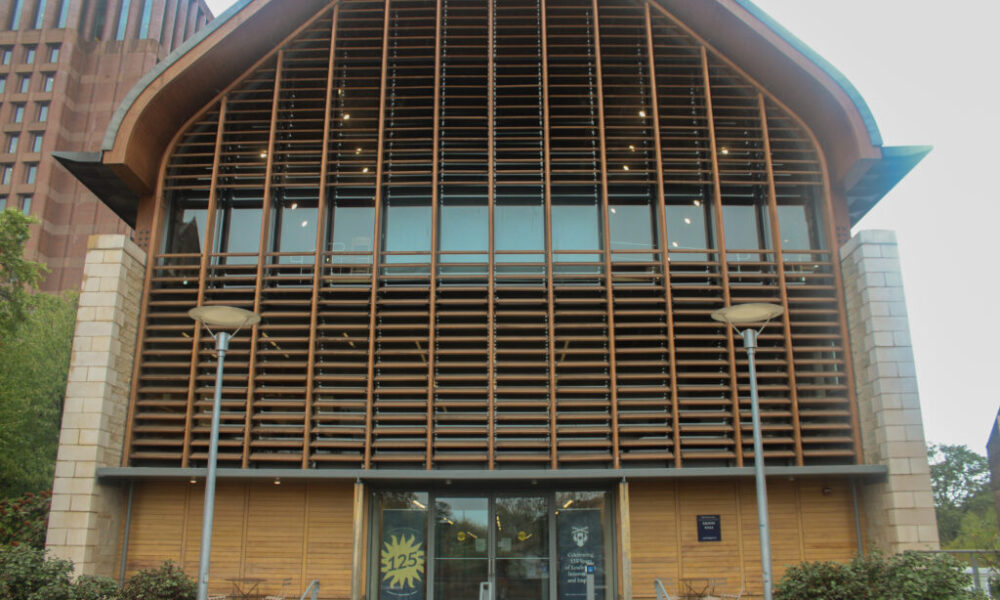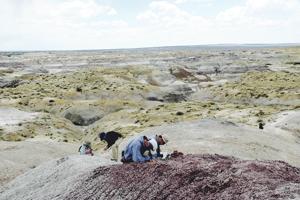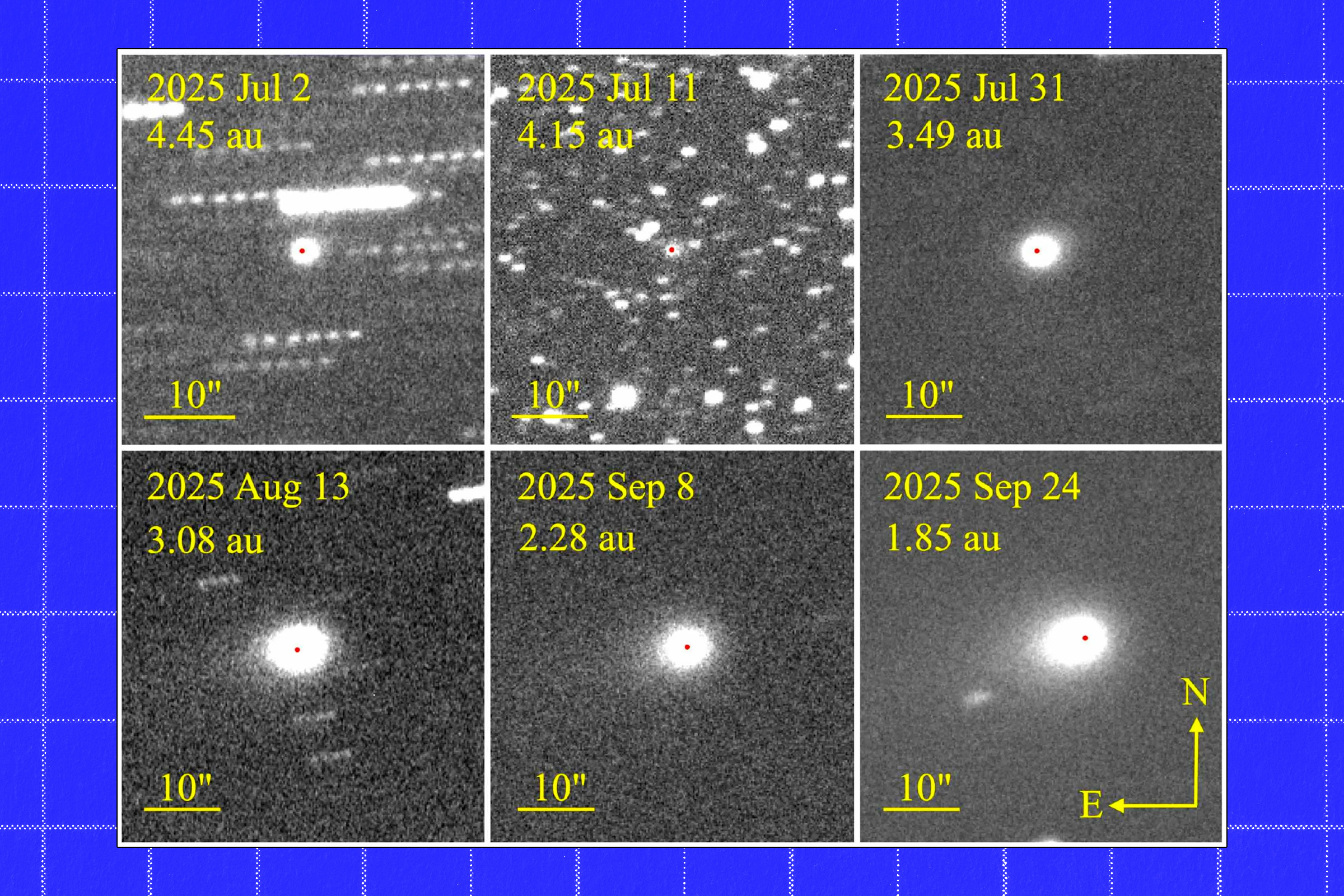The University of Hawaiʻi at Mānoa has become a key participant in a groundbreaking initiative aimed at enhancing natural disaster monitoring through artificial intelligence (AI). The project, known as **Sage Grande**, is backed by a significant investment of **$25.6 million** from the National Science Foundation (NSF). This initiative will deploy **300 advanced sensor systems** across various locations in the United States, focusing on improving the detection of natural disasters such as wildfires, floods, and volcanic eruptions.
By integrating AI technology directly into these sensor systems, researchers expect to provide faster warnings to communities. Unlike traditional methods that require data to be sent to remote servers for analysis, the AI-powered sensors can process information on-site. This capability enables quicker responses to changing environmental conditions, such as identifying smoke from fires or detecting unusual volcanic activity.
Hands-On Experience for Students
Professor **Jason Leigh**, who oversees the Laboratory for Advanced Visualization and Applications in UH Mānoa’s Department of Information and Computer Sciences, emphasized the educational impact of this project. “By joining Sage Grande, UH is not only advancing disaster preparedness and environmental science but also giving our students hands-on experience with cutting-edge AI,” Leigh stated. He indicated that the university plans to install **two to three sensors** across the Hawaiian islands in the coming year, with specific locations yet to be determined.
The collaboration involves a dedicated team from UH Mānoa, including researchers **Chris Shuler**, **Han Tseng**, **Anke Kügler**, and **Tom Giambelluca** from the Water Resources Research Center. Their collective expertise will help in the design and deployment of these innovative sensors.
Building on Previous Successes
UH Mānoa is not new to this technology. In **Hawaiʻi Volcanoes National Park**, students have utilized a current-generation Sage sensor to test AI tools that analyze real-time data from **Kīlauea**. Their research has shown promising results, demonstrating AI’s potential to answer critical questions regarding volcanic activity, such as whether an eruption is in progress.
Additionally, a similar sensor has been installed in **Lahaina**, a site severely impacted by the **2023 wildfires**. This system is designed to monitor air quality and fire risks, offering vital data to aid recovery efforts. The Lahaina project is also supported by a separate NSF grant, collecting climate and pollution data to assist in future planning.
Local students are actively involved in managing these instruments, gaining essential training in both environmental science and advanced AI technologies.
The Sage Grande project represents a significant step forward in utilizing AI for public safety and environmental monitoring, with the potential to transform disaster response strategies across the nation. As **Jason Leigh** noted, “Imagine if Hawaiʻi had smoke sensors everywhere, similar to smoke detectors in homes. You could sleep better at night knowing someone is monitoring the environment.” This initiative not only positions the University of Hawaiʻi at Mānoa at the forefront of technological innovation but also emphasizes its commitment to community safety and environmental stewardship.







